Home > Climate News >

Sea Grant
For over 50 years, the National Sea Grant College Program has supported coastal and Great Lakes communities through research, extension and education.
Sea Grant’s mission is to enhance the practical use and conservation of coastal, marine and Great Lakes resources in order to create a sustainable economy and environment…

As storms and sea level rise reshape beaches, volunteers keep track of changing coasts
The Hampton Beach profilers and their fellow Coastal Research Volunteers are a community group facilitated by New Hampshire Sea Grant. The National Sea Grant College Program (Sea Grant) is a NOAA-funded network of 34 programs in each of the U.S. coastal and Great Lakes states. Sea Grant supports research, education, and outreach to help balance the conservation of coastal and marine resources with a sustainable economy and environment.
In addition to New Hampshire, Sea Grant also engages community volunteers in monitoring beaches in California and Maine. All rely on dedicated “citizen scientists” to collect critical data on the erosion and health of their state’s sandy beaches. Beach profiling volunteers measure changes in beach slope with a pair of two-meter poles, a short connecting rope, and the horizon line…
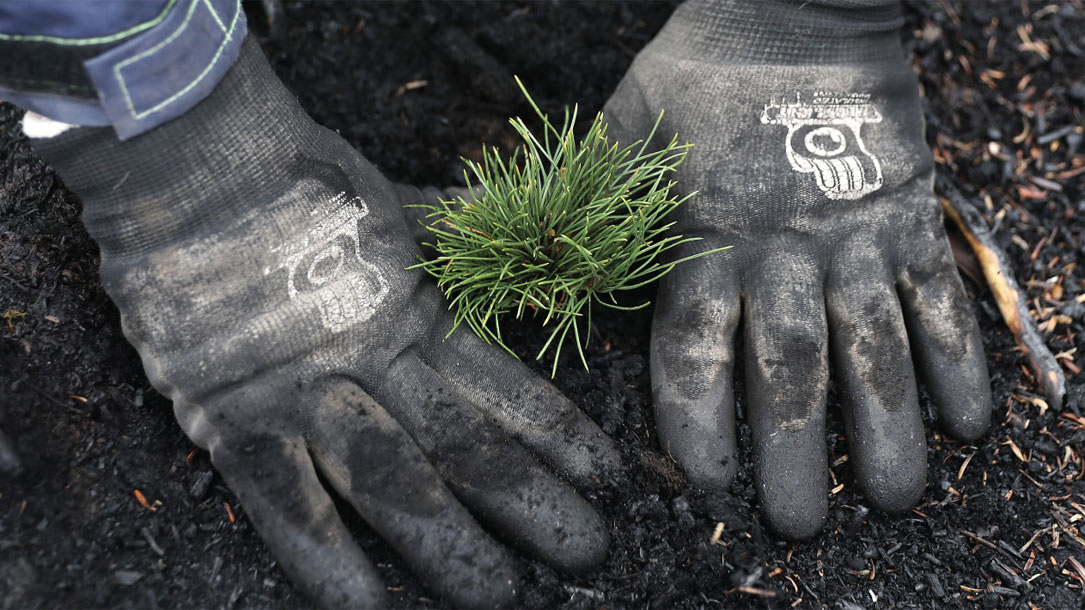
Two-thirds of Americans think government should do more on climate
A majority of Americans continue to say they see the effects of climate change in their own communities and believe that the federal government falls short in its efforts to reduce the impacts of climate change.
At a time when partisanship colors most views of policy, broad majorities of the public—including more than half of Republicans and overwhelming shares of Democrats—say they would favor a range of initiatives to reduce the impacts of climate change, including large-scale tree planting efforts, tax credits for businesses that capture carbon emissions, and tougher fuel efficiency standards for vehicles, according to a new Pew Research Center survey…
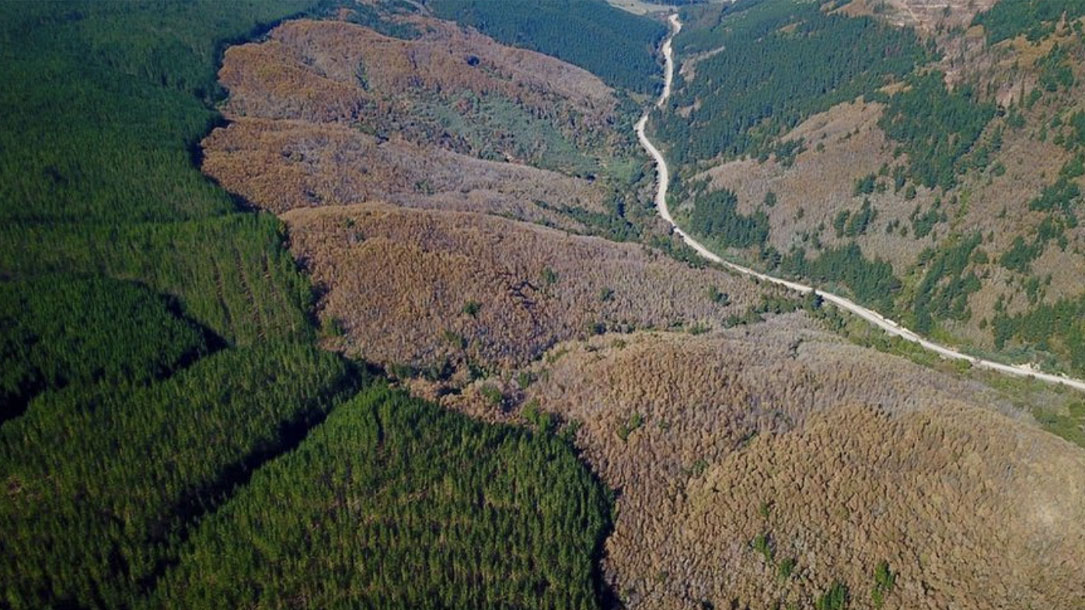
Climate change: Planting new forests “can do more harm than good”
Rather than benefiting the environment, large-scale tree planting may do the opposite, two new studies have found.
One paper says that financial incentives to plant trees can backfire and reduce biodiversity with little impact on carbon emissions. A separate project found that the amount of carbon that new forests can absorb may be overestimated.
The key message from both papers is that planting trees is not a simple climate solution…
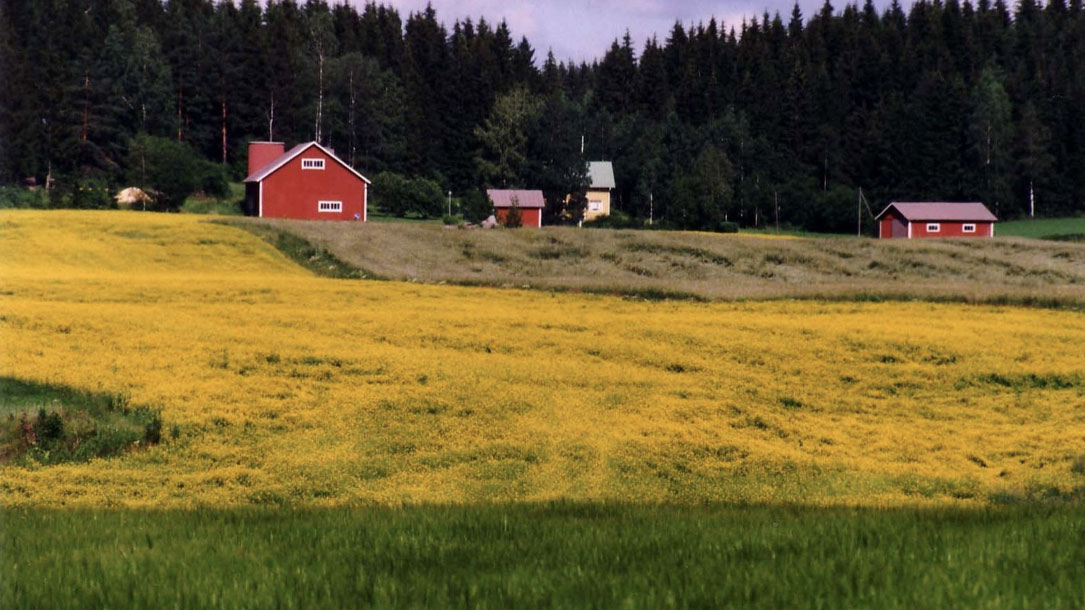
Understanding rural attitudes about climate change
“Rural Americans matter—a lot—to the fate of U.S. environmental policy. Not only do farmers, ranchers, and forest owners manage huge portions of American lands and watersheds, but rural voters also have an outsized impact on national policy. While rural Americans express support for natural resource conservation, they and their elected officials often voice less support for existing federal environmental policies and laws. Congressional action on a variety of environmental issues has been impeded by opposition from rural stakeholders.”
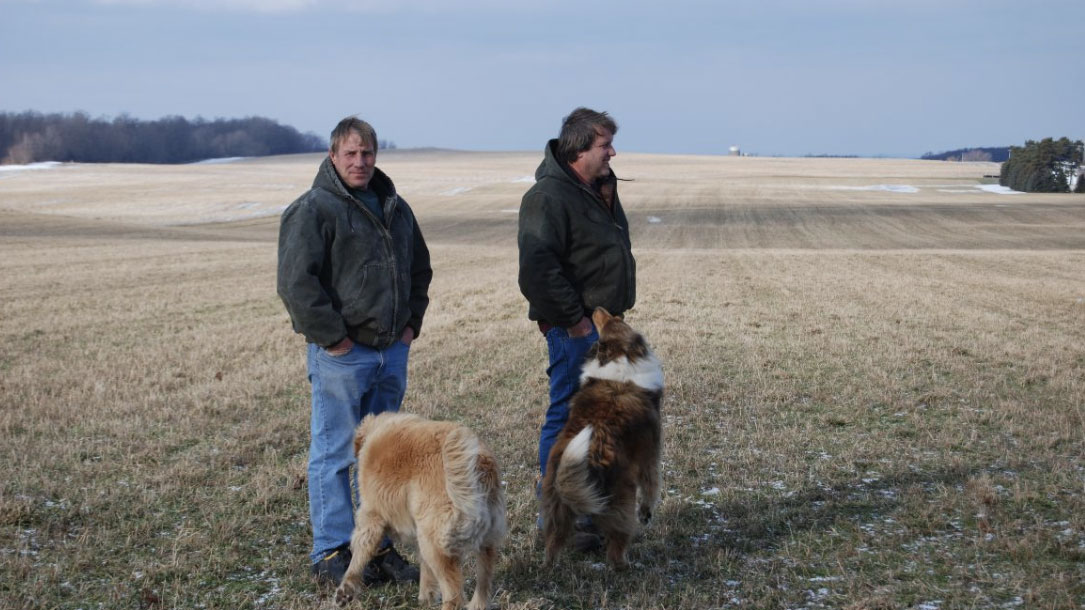
Understanding rural attitudes toward the environment and conservation in America
A recent study from Duke Nicolas Research Institution of Environmental Policy Solutions found that “Broadly, our study suggests that the urban/rural divide on the environment is not a function of how much rural voters care about the environment. Nor is it a function of how knowledgeable they are—rural voters appear relatively sophisticated about environmental issues…
[T]here are opportunities to engage rural voters on climate change and environmental policies generally.”
NOTE: There are additional reports and a webinar that I will share next month.

Warming climate is changing where birds breed: Study
[Clark] Rushing explained, “There’s a real risk that, if these declines continue at their current pace, many species could face extinction within this century. Neotropical migrants are vulnerable to future climate change, putting them at risk of greater declines.”
Neotropical migrants already fly thousands of miles each year to breed, so why can’t they go just a bit farther as the climate warms?

Forest carbon: An essential natural solution for climate change
Climate change can seem like an overwhelming challenge, and it can be difficult to find meaningful ways to make a difference…
Many landowners have begun to ask how their forest management strategy affects the carbon within their forest and thus the forest’s ability to mitigate climate change. Every strategy has its tradeoffs; therefore, to meet all of society’s needs, we will ultimately need a mix of passive and active strategies across the region. What role will your forest play?
To learn more, download the “Forest Carbon: An essential natural solution to climate change” PDF (5 MB) or request a free copy by e-mailing Paul Catanzaro…

About the Solar Energy Technologies Office
The U.S. Department of Energy (DOE) Solar Energy Technologies Office (SETO) supports early-stage research and development in three technology areas: photovoltaics (PV), concentrating solar power (CSP), and systems integration with the goal of improving the affordability, performance, and value of solar technologies on the grid…
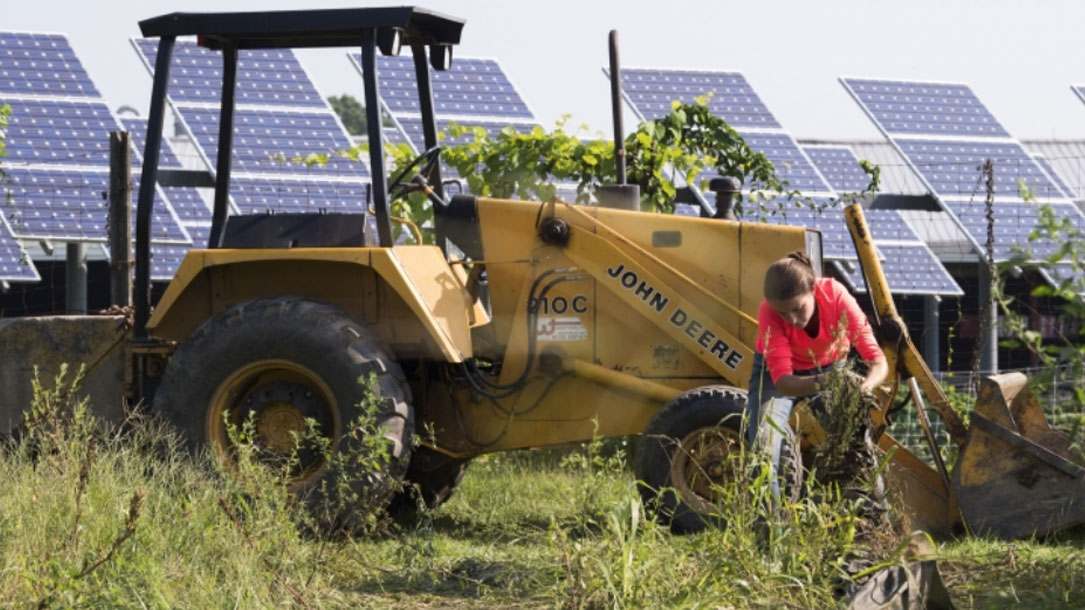
Farmer’s Guide to Going Solar
A growing number of farms and agricultural businesses are looking to solar to power their daily operations. Thanks in part to the Solar Energy Technologies Office’s investments, the cost of going solar has declined, enabling more installations across the country. Consider these questions to help [farmers] determine what’s best …












